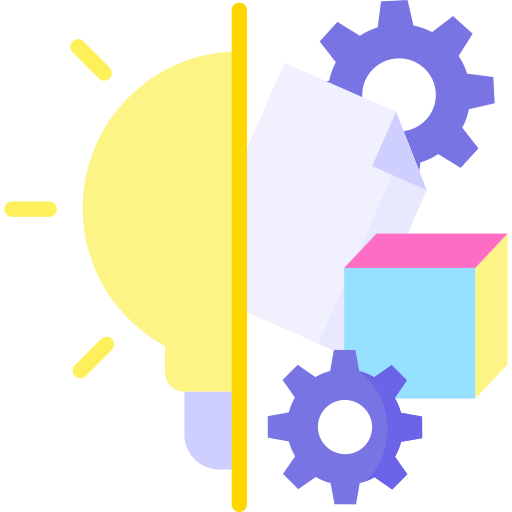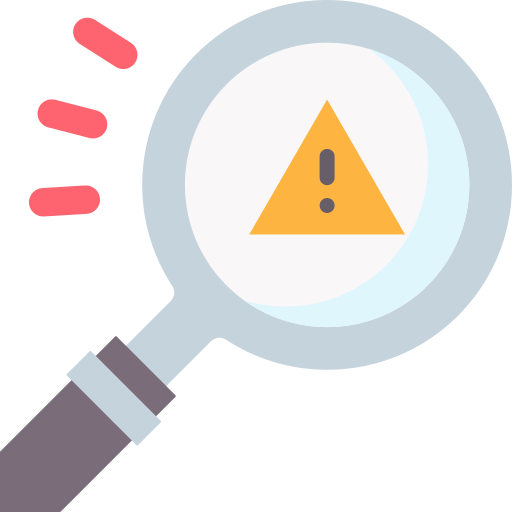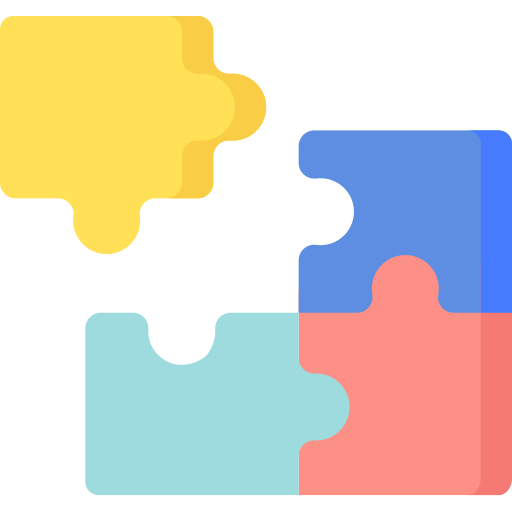As an employee, do you often find yourself struggling with data collected from diverse sources in your industry? Whether you're in finance, healthcare, marketing, or any other field, data analysis is becoming increasingly crucial.

But how can you ensure that you absorb and analyze this complex data effectively to make well-informed decisions?
The answer lies in sharpening your critical thinking skills. Are you ready to dive into the world of data-driven insights and reach your analytical potential?
What Does Critical Thinking Really Mean?
Critical thinking is more than just a set of skills. It's a way of thinking that:

Helps you be curious and want to learn more all the time. It's like having a strong desire to know things and keep learning.

Involves thinking in unique and imaginative ways. You look at things from different perspectives and are open to new ideas.

Be careful with the information you get. You believe what you read or hear, but you also check if it's true and trustworthy.

Be a detective. You carefully look at all the facts and proof before making a good decision or judgment.
In this way, critical thinking skills become an invaluable asset when analyzing complex data and making informed decisions.
Analyzing Complex Data in 4 Steps
Imagine you work as a marketing analyst for a leading e-commerce company, and your team is tasked with boosting sales for a new product line.

By applying critical thinking, you come up with an effective marketing strategy. Here's how you can approach the task.

Identify the problem: Start by figuring out what problem you want to solve with data analysis. Make sure you really understand what's going on and what you want to achieve. This will help you stay on track and not waste time on things that don't matter.
Example: Define the problem as, "How can we increase sales for the new product line in the next quarter?"

Research: Collect information from good sources that are related to the problem you're trying to solve. Make sure the information is trustworthy, up-to-date, and suitable for your analysis.
Example: Gather data from various sources, including customer purchase history, website visits, social media engagement, and market trends in the industry.

Determine data relevance: Filter and organize the data, and pick out the information that's most relevant for what you're trying to figure out. If some data could make things confusing or affect your decision in a negative way, you should leave it out.
Example: When you're looking at data about a new product, pay extra attention to things like how many people are buying it, what customers are saying, and what the competition is doing. You can ignore anything else that doesn't help you with these questions.

Ask questions: Use your critical thinking by asking smart questions about the information. Question what you assume, look for patterns, and think about other possible answers to understand things better.
Example: When you're looking at data, ask questions like "What makes people decide to buy something?" and "Which advertising methods bring in the most sales?"
Reach the Best Conclusion in 3 Steps


Identify the best solution:
First, take a good look at all the information you have.
Think of different ways to fix the issue you're dealing with.
Consider the advantages and disadvantages of each solution.
See how each idea might affect the problem.

Present your solution:
When you find something out and have an idea for a solution, clearly communicate your idea to others.
Use the information you got from studying the data.
Make sure your talk or report is appropriate for the group you're talking to. That way, your message will have the biggest effect.

Analyze your decision:
After you put your solution into action, keep an eye on what happens because of it. See if it's working well or not.
Pay attention to the feedback you get about how your solution is doing. This feedback can help you make your critical thinking skills better, and it will also be useful when you analyze data in the future.
By following these steps and applying critical thinking skills throughout the data analysis process, you'll enhance your ability to make well-informed decisions and tackle complex challenges in any industry or position.
Quiz: Apply Your Critical Thinking Skills

You work as a project manager in a company that makes computer programs. Your job is to make sure the team finishes their work on time and does a good job. But lately, the team has been struggling to finish projects on time and do them well.
To figure out why this is happening, you want to look at different things that might be causing problems. You want to find out where the team is getting stuck and then use facts and data to come up with a smart plan to make things better.
How can you check what's making it hard for your team to work well and finish projects on time?
A. Trust only what you see and think.
B. Collect and study the right information, like project schedules, how much work each person has, and how well things have been done before.
C. Ask your team for their feedback without using data or measurements.
D. Compare how well your team works compared with other teams in the company, but remember to think about how difficult the projects are too.
Quiz
Choose the correct option that will help you understand the issues facing your team:
Take Action
 Photo by Nejc Soklič on Unsplash
Photo by Nejc Soklič on UnsplashTo continue in your journey of analyzing complex data:
Your feedback matters to us.
This Byte helped me better understand the topic.
